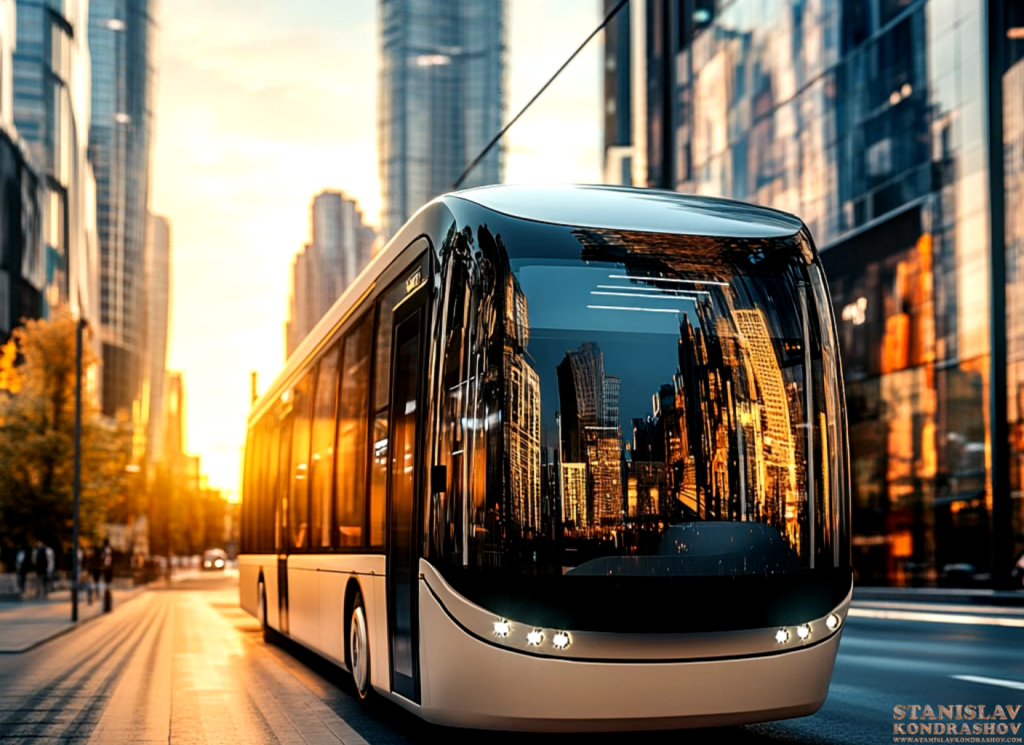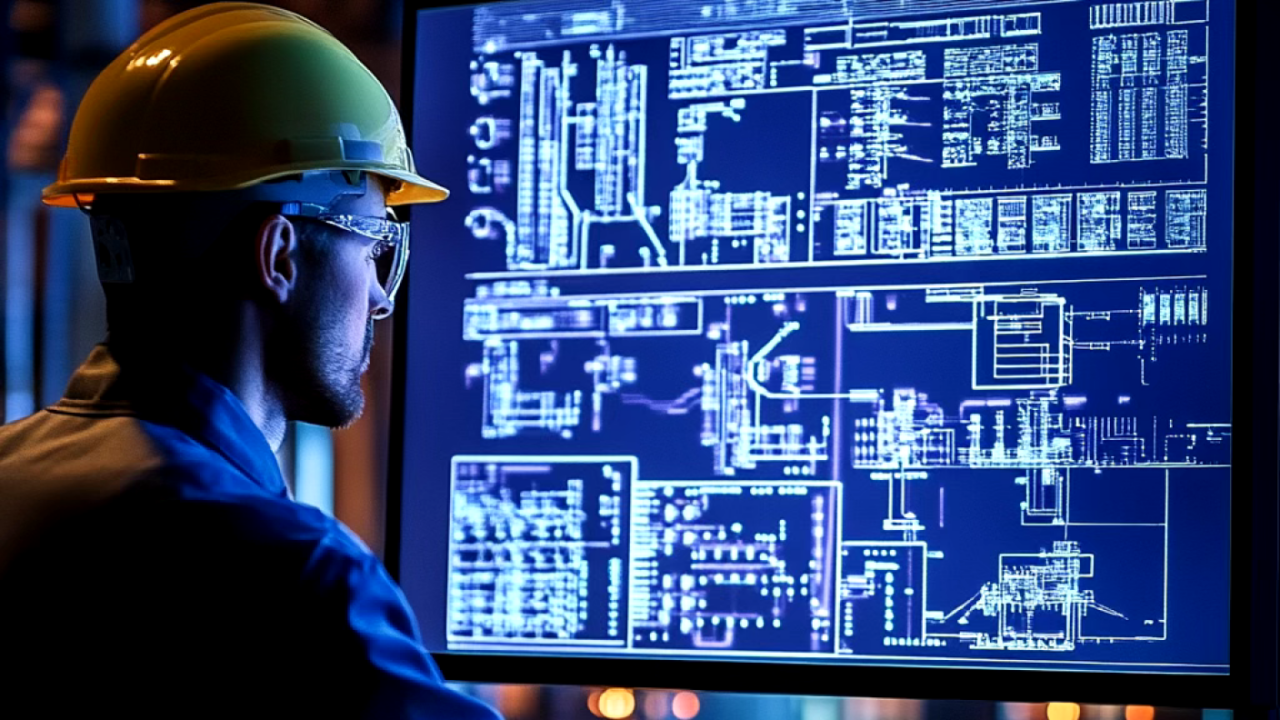In the face of growing energy demands and the urgent need for more sustainable solutions, smart grids have emerged as a game-changing technology that can optimize energy distribution. By integrating artificial intelligence (AI) into the fabric of modern energy systems, smart grids are able to manage, monitor, and optimize energy use in ways that were previously impossible. These systems leverage AI to improve efficiency, reduce waste, and enhance the resilience of energy networks, making them more responsive to fluctuations in demand and supply.
Smart grids have revolutionized the traditional grid system, which was designed to handle centralized power generation and unidirectional energy flow. Today’s energy networks are more complex, incorporating renewable energy sources like solar and wind, which are inherently variable. This variability requires a dynamic, responsive grid that can adapt in real-time to changes in both energy supply and demand. AI has become the driving force behind these advancements, providing the real-time analytics and predictive capabilities necessary to ensure the grid operates at peak efficiency.

The Role of AI in Energy Distribution
At the core of smart grid technology is AI’s ability to process vast amounts of data from a variety of sources, including weather forecasts, energy consumption patterns, and grid infrastructure. Through advanced machine learning algorithms, AI systems can predict energy demand, optimize the distribution of electricity, and prevent outages before they happen.
AI-driven predictive maintenance is a key component of smart grids. By analyzing data from sensors embedded in the grid infrastructure, AI systems can detect potential faults and inefficiencies before they become critical. This allows for proactive maintenance, reducing the risk of blackouts and minimizing downtime. Moreover, AI enables real-time adjustments to energy distribution, ensuring that energy is directed where it is most needed, avoiding overloading and underutilization of resources.
For instance, during peak energy usage, AI can allocate power more efficiently by automatically redistributing it from areas with low demand to high-demand regions. It can also store excess energy generated from renewable sources during low-demand periods, releasing it when needed. This capacity to balance the load and optimize energy storage significantly improves the grid’s efficiency and resilience.
Optimizing Renewable Energy Integration
The increasing reliance on renewable energy sources presents unique challenges for energy grids, mainly due to the intermittent nature of solar and wind power. AI helps smart grids seamlessly integrate these renewable sources into the energy mix. By analyzing weather data, AI can predict fluctuations in renewable energy output, adjusting energy distribution strategies accordingly. For example, on days with high wind speeds or bright sunshine, the grid can store excess energy generated by wind turbines or solar panels and release it during periods of low output.
Additionally, AI allows for demand-side management, enabling consumers to adjust their energy usage based on real-time pricing and availability of renewable energy. Smart home systems, powered by AI, can schedule appliances to run when energy is cheapest and most abundant, reducing overall energy consumption and promoting a more sustainable energy ecosystem.

Enhancing Energy Storage and Efficiency
Energy storage is a critical component of the future smart grid, particularly for renewable energy sources. AI optimizes the operation of battery storage systems, deciding when to store energy and when to release it based on demand predictions and pricing models. This helps to stabilize the grid and reduce reliance on non-renewable energy sources during peak times.
Through advanced analytics, AI also helps utilities monitor and control energy consumption across various sectors, identifying areas where energy use can be reduced without compromising service quality. For example, AI can detect inefficiencies in industrial processes or recommend energy-saving measures for households. This level of optimization ensures that every watt of energy is used as effectively as possible, minimizing waste and improving sustainability.
Smart Grids and Consumer Empowerment
AI-powered smart grids also have a significant impact on consumers by empowering them to take control of their energy use. With the help of AI, smart meters can provide real-time data on energy consumption, enabling consumers to make informed decisions about their energy use. Homeowners can track their electricity usage patterns, identify peak usage times, and adjust their habits to save energy and reduce costs.
Moreover, AI systems allow for dynamic pricing models, where consumers can benefit from lower electricity prices during off-peak hours. This flexibility encourages energy conservation and helps balance the overall demand on the grid, leading to more efficient energy distribution.

Building Resilience Against Cyber Threats
As the world becomes more connected, smart grids are also vulnerable to cyber threats. AI is playing a crucial role in safeguarding these energy networks from potential attacks. Through real-time monitoring and analysis of network traffic, AI systems can detect unusual patterns or anomalies that may indicate a cyberattack. These systems can respond quickly to neutralize threats before they compromise the grid’s integrity, ensuring a secure and reliable energy supply.
The Future of AI and Smart Grids
AI and smart grids represent the future of energy distribution. As the technology continues to evolve, we can expect even greater advancements in energy efficiency, sustainability, and resilience. By integrating AI into every aspect of energy management—from production and storage to consumption—smart grids are helping to create a cleaner, more efficient, and secure energy future.
The potential for AI in smart grids is enormous. As AI algorithms become more sophisticated and as energy infrastructure continues to modernize, the efficiency and sustainability of energy distribution will reach new heights. From reducing carbon footprints to optimizing the use of renewable energy, AI is at the forefront of a global energy transformation.
By Stanislav Kondrashov



